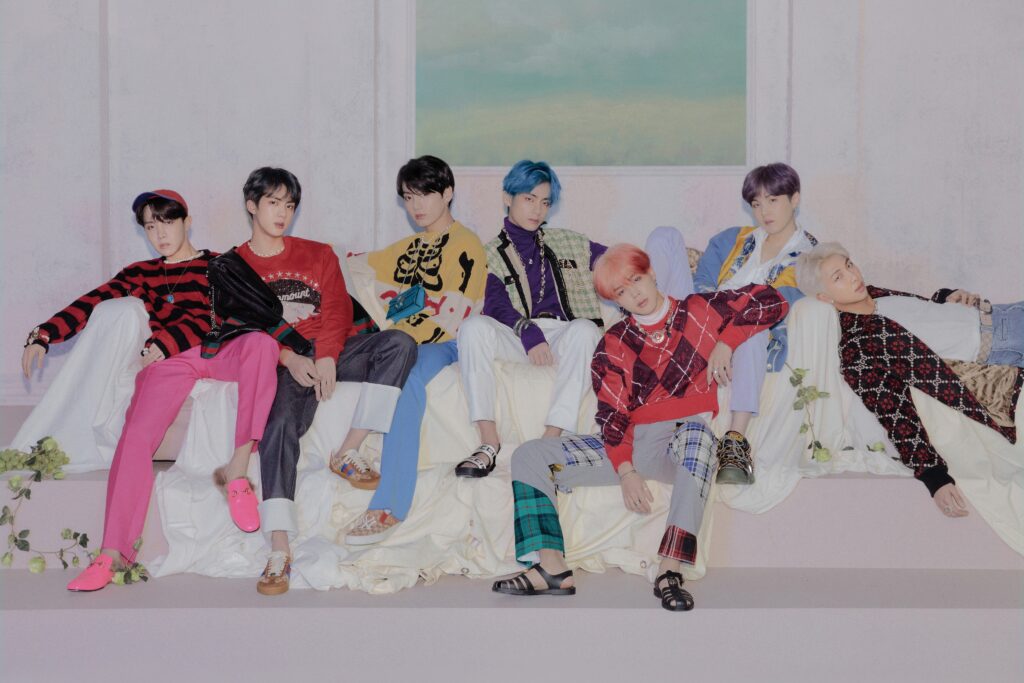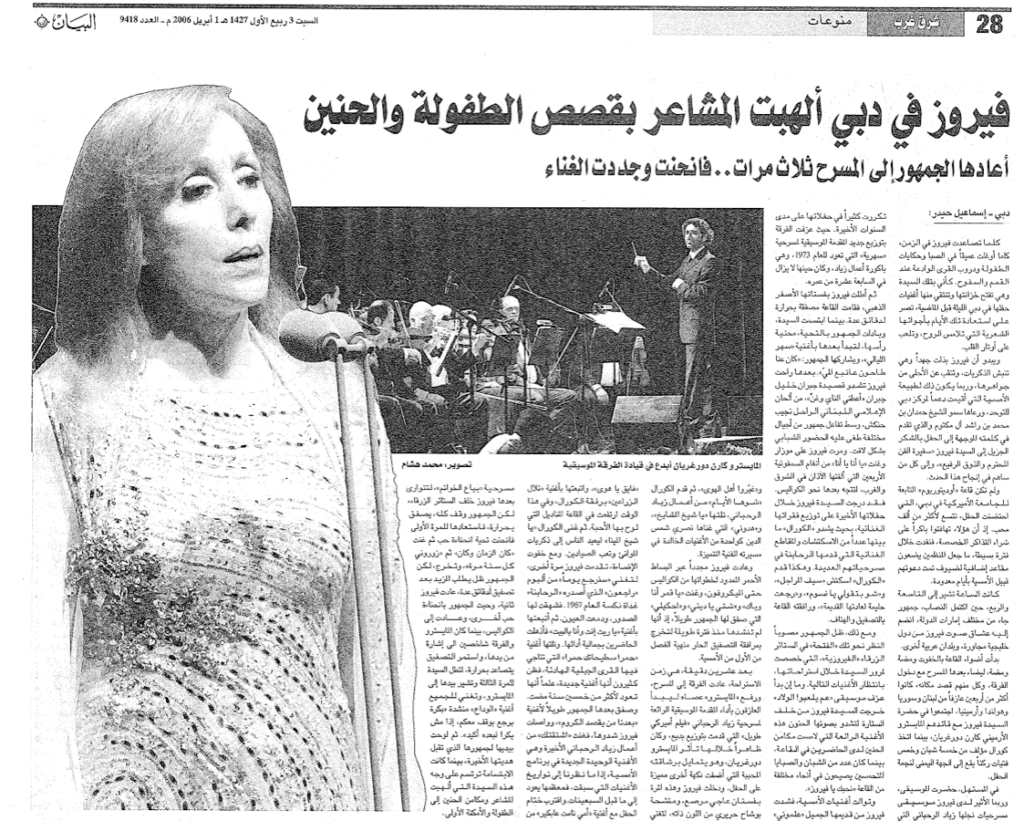Kendrick Lamar’s Dedication to Culture
Written by Julie Mangu on April 14, 2025
The cultural curator, who in the past decade has been given the biggest awards in music and literature for the conversations around the modern African-American reality. Kendrick Lamar is a driving voice in accepting the pressure oppression births in beauty, art, language, tradition, and expression of culture.
The Debut
Beginning with Section.80, his first album, released in the summer of 2011, the fifteen songs are a series of stories prompted from Section 8 housing as well as the 80s, a decade where ideas on the government’s part in sustaining racial tensions through economic difficulties, implanted addiction, and women’s struggles start to materialize in broadcasted art. Lamar begins to discuss the generational burden of oppression as he and others are noticing its impact on their upbringing and livelihoods.
A little over a year later, we reach good kid,m.A.A.d city, his first album with a major label, the title being a double entendre for “My Angry Adolescent Divided,” alluding to the inner and outer intensity of growing up in the hood and being a teenager, as well as “My Angels on Angel Dust” in relation to drug use and how it takes parts of your innocence. We’re walked through Lamar‘s upbringing in Compton. Inviting us through his adolescent thought process as the expectation of being involved in illegal activities, having sex, and smoking weed, all in the name of being hard. “The one in front of the gun lives forever.” Lamar reminds us of this common mindset many times in the first half, but as we reach the second half of the album with “good kid,” he realizes that whether or not he is a good or bad kid, he’ll forever be perceived as a gang member in the eyes of the law in Compton.
To Be Real
Growing up in the hood, Lamar battled many levels of struggle in social, educational, and third spaces. To see others in a privileged spot claim a struggle in the name of being “hard” is not only disingenuous but also a disservice to both ends of the spectrum. “Bitch Don’t Kill My Vibe” isn’t a part of the album’s storyline but relates in meaning. Many consumers of rap don’t understand the culture, ignoring the history of these African-American artists and the trauma in their experiences from the beginning of the genre in the 80s all the way to the present day. Now more than ever we see this corporate takeover of the rap industry. These mega-minds ruling over music try to recreate the basics of the production of rap and give it to their, often times, pale, corporate creations. These culture vultures put themselves within the rap space because of its “aesthetic” and because it’s “hip,” and then, when pressure is applied about their opinion, the cracks in their understanding become apparent. Calling Kendrick Lamar, a Black American with a Pulitzer Prize for his musical introspection, slaves… truly shows your perception of rap. Loudly, ironically, and stupidly providing proof on the most frequent topic and critique in hip-hop. This is a game.
Acclaim
In the year of its debut, Kendrick Lamar‘s good kid, M.A.A.D city was considered album of the year by Complex, Pitchfork, BBC, Fact, and New York Magazine, as well as one of the top 25 classic hip-hop albums of the past ten years. Nominated for seven awards at the 56th Grammys, among many more awards for this album, the acclaim has become synonymous with his detailed work. His sophomore album, To Pimp A Butterfly, was a cultural reset, making him the rapper with the most Grammy nominations, with 11, winning four, and declared a Generational Icon by the California State Senate. The highly anticipated DAMN was a dominating force during and after the rollout. From the drop of the lead single, “HUMBLE,” a competitive track was only a synopsis
The levels of instrumentation and messaging within DAMN warrants the Puliziter win. Within this boyd of art, Kendrick approaches his message, whether he is wicked or weak, the track listing goes back and forth between being boastful about his existence and what he’s capable of in DNA, PRIDE, & LOVE, to not being strong enough physically, emotionally, mentally in the songs “BLOOD,” “FEAR” and “DUCKWORTH.” A sequel of sorts to To Pimp A Butterfly, the album has a narrative in each song as well as a storyline based on the way you listen to the album. Overall, the attention to detail from the use of production, samples, and features to the visual presentations of the songs based of the music videos, there’s a reason why the critical and public acclaim was unmatched fo The first rapper to win a Pulitzer Prize in Music, the top literary honor was awarded to Mr. Lamar based on the album’s “vernacular authenticity” and “ rhythmic dynamism” that explains modern day African-American realities.
To me, cultural appropriation and appreciation is a thick line, every party is very much aware when you cross it. The point we’ve reached with technology and cultural outreach is beautiful. The cultural crossover between countries and regions through food, language, and art is the reason I went to college. So to see public figures use people’s culture, to build a brand as well as putting on a character of what this particular genre’s audience, African American audience, loves to see is despicable. There’s not really a positive impact of that level of greed, that amount of money and power is a choking hazard.





